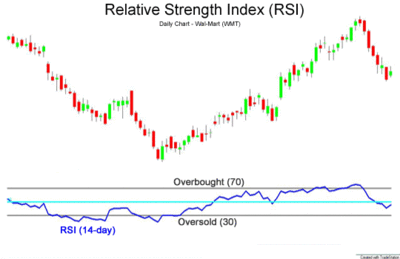
Here is a list of 5 top reasons why you should just quit drinking Coca-Cola soda drinks and diet soda.
1. Counteractive to Weight Loss Efforts.
Diet Coke should be a diet staple when I was trying to lose weight, which I later I found out wasn’t the case at all. Diet soda has been found to increase possibility of weight gain by 41%.
2. Stains and corrodes your teeth.
Coca-Cola and sodas with colorings stain your teeth, as many are already aware. In addition, they have been shown to destroy 10 times more teeth material than fruit juices in just the first three minutes of drinking in a test
3. Limited hydration.
Coke and soft drinks contain caffeine, which is a diuretic. A diuretic is a drug that speeds up the rate of urine production – meaning it removes water from your body.
4. Artificial stimulant which alters your mind.
Caffeine is also a psychoactive stimulant drug. It affects the central nervous system and alters brain function, resulting in temporary changes in perception, mood, consciousness and behavior
5. Causes insomnia and sleeping disorders.
How To Quit Drinking Coke / Sodas Successfully
1. Identify a substitute drink (that’s healthier).
2. Get rid of the soda drinks in the fridge.
It may seem like a waste but it’s better than downing them into your body and ruining it.
3. And stop buying them home
4. Mentally block out the soda section in the menu when you dine outside
5. Tell Your friend your plan
6. Ensure you have enough sleep
7. Keep a record of the days you go without drinking Coke or sodas
8. Persevere. As you start cutting away Coke and sodas from your life, you may find withdrawal symptoms in the first week (depending on how heavy a drinker you were before). These symptoms may come in the form of restlessness, anxiety, cravings to drink again.


















